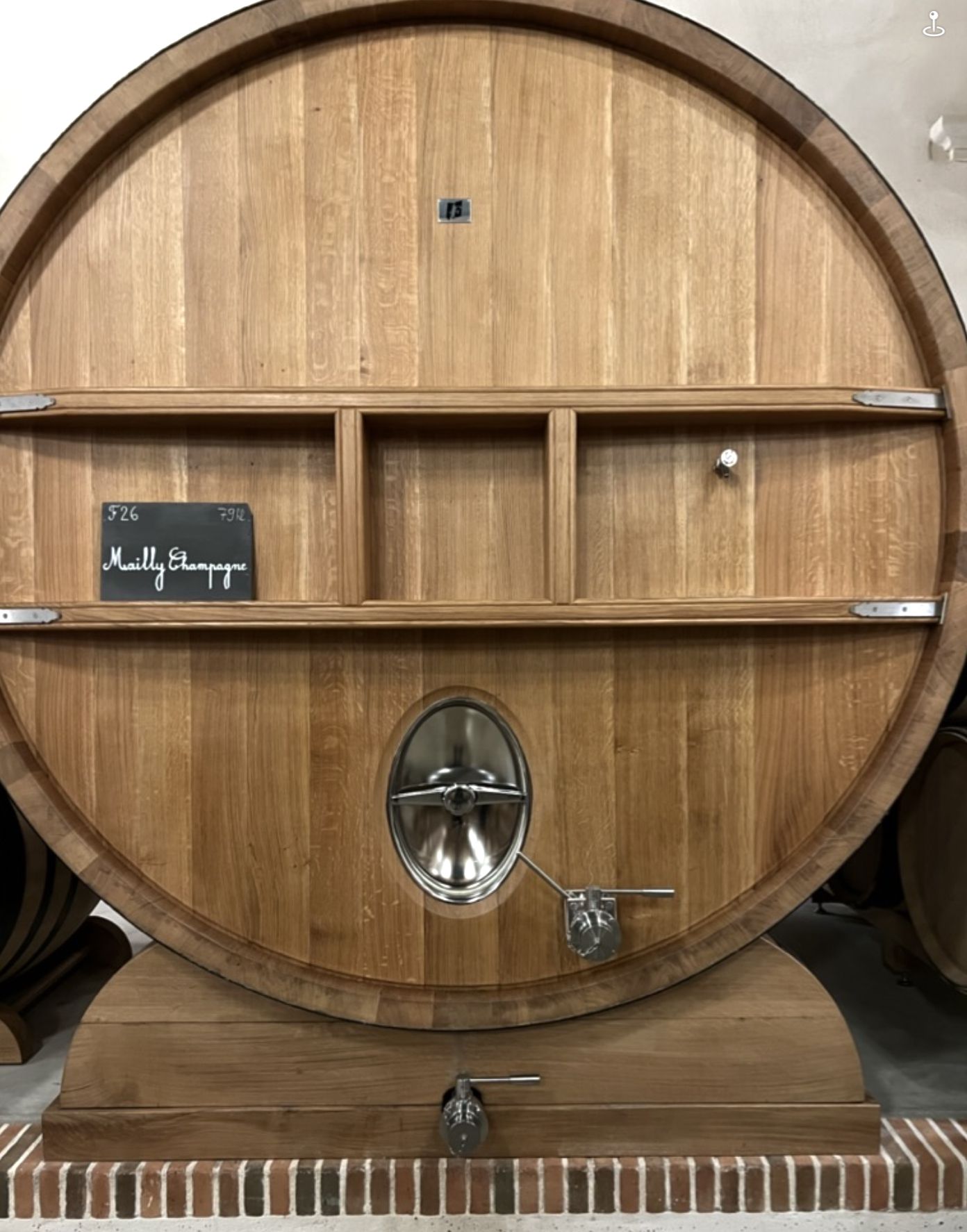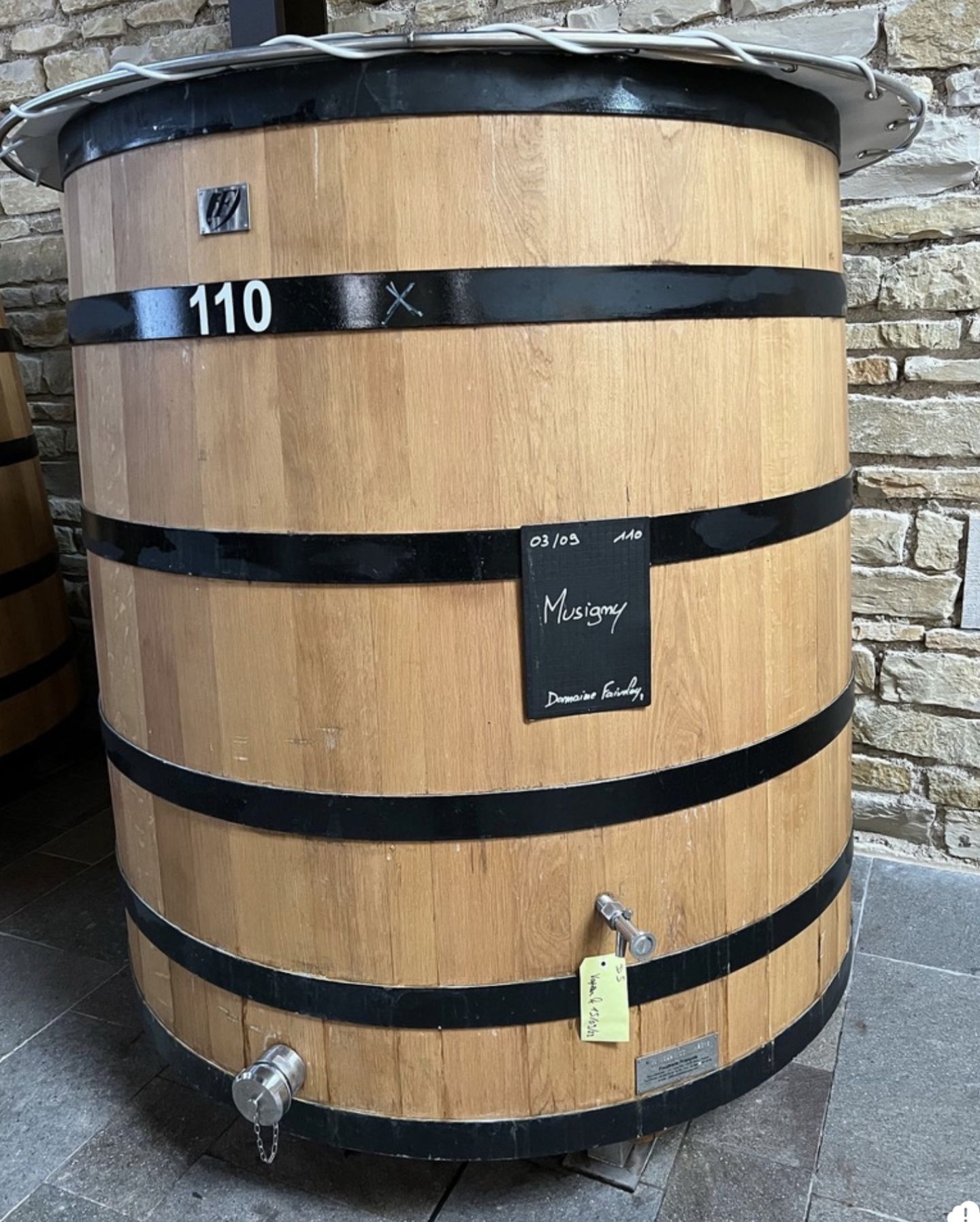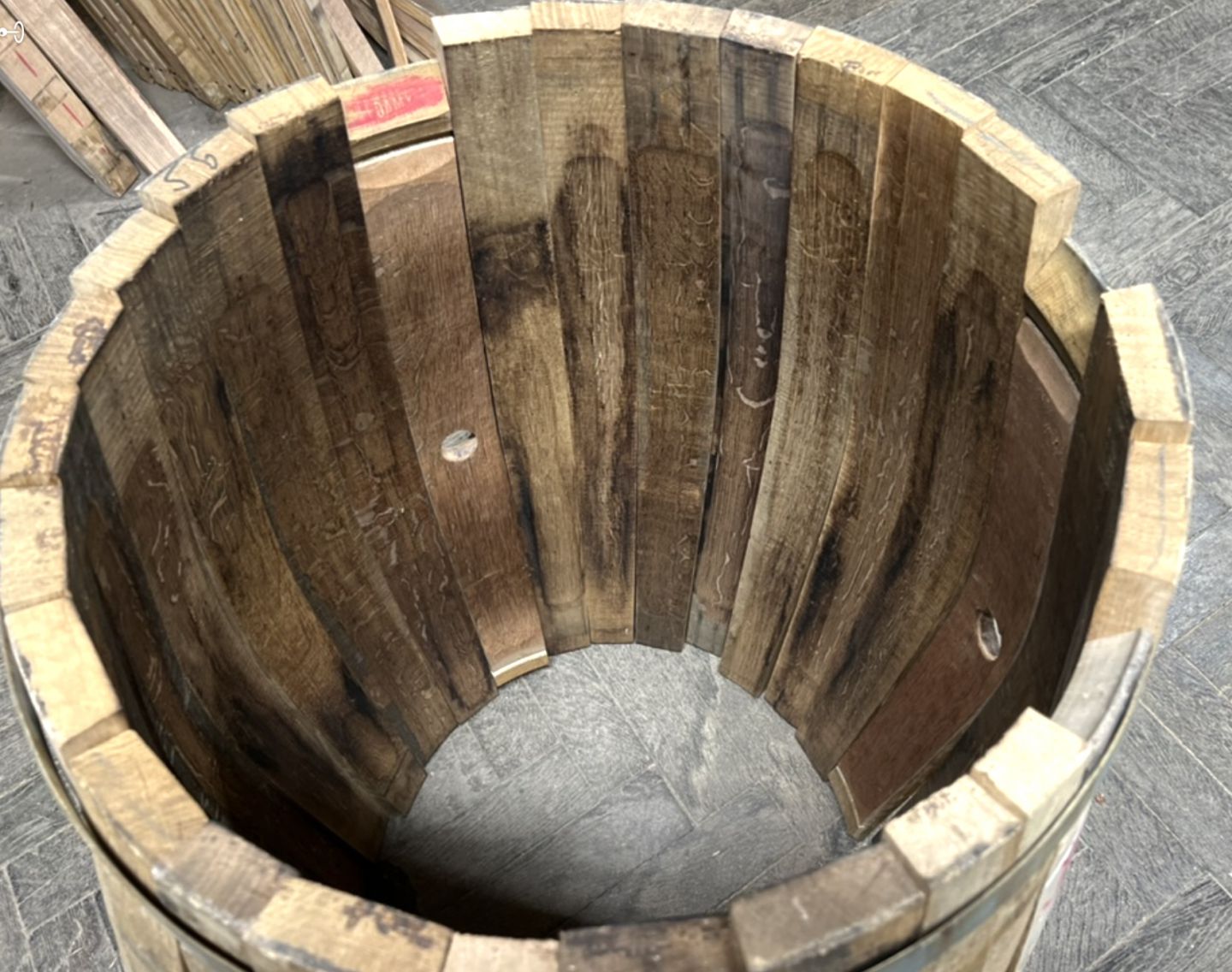Forests of France: old oak trees tranformed into wine barrels
- 1 March 2023
- Celia Hay
Image retrieved 1 March, 2023 from http://www.tonnelleriedarnajou.com/en/the-nobility-of-french-oak.html
In France, there are over 10 million hectares of publicly owned forests and parks. For the world of wine, these forests provide mature oak trees, often harvested at over 120 years old, that are used for oak barrels.
I was fascinated to learn that the French state forests were established under Royal order in the 1650s. Oak trees were planted within a forest, not as a mono-culture, but with other trees planted around them such as larches and beech trees. Back in 1650, the specific goal was to have an ongoing supply of timber for the French Navy. After the French Revolution in 1789, these forests were absorbed into the public domain and forests continued to be planted.

Retrieved 1 March, 2023 from https://www.bouchardcooperages.com/_files/ugd/a86c91_c49e5cb0eaf445b6adfd59c9aacd30ff.pdf
Today, these forests provide a significant resource of mature timber for the manufacture of French oak barrels used extensively around the world. These barrels, shaped into a number of different sizes from 225 litres, are considered the finest examples for winemaking. The timber is also used for furniture. The forests are managed by the National Forests Office. There is no clear-felling but oak trees are individually selected or thinned out to ensure that the best trees remain for harvest after more than one century.
The primary species of oak planted is Quercus petraea or Sessile oak and Quercus robur or European White oak.

Retrieved 1 March, 2023 from https://www.bouchardcooperages.com/_files/ugd/a86c91_c49e5cb0eaf445b6adfd59c9aacd30ff.pdf
Above is an illustration that details the oak tree timeline from early plantings, to thinning and final harvest after 100 years. These oak trees are also an important timber for furniture. This image is from Bouchard Cooperages who import oak barrels into New Zealand.
Oak barrels and casks

Magnificent Foudre at Champagne Billecart-Salmon that shows the skilled craftsmanship reminiscent of furniture joiners.
The felled timber follows a complex process where the staves are dried and seasoned before transformation into barrels. Tonnelleries or Coopers are skilled artisans who work to build the barrels as well as on-going maintenance. These casks and barrels can last for decades.

Fine grain of the 228 litre oak barrel at Domaine Faiveley.

Small oak fermenter used for Musigny Grand Cru at Domaine Faiveley.

Lalique stoppers in the Champagne Billecart-Salmon barrels
At Champagne Bollinger, I observed first-hand the processes required to maintain barrels. These include repairing and replacing staves of oak and removing tartrate crystals that form inside the barrels as a wine ages.

New oak staves are pre-moulded to repair older barrels

Oak staves with tartrate crystals

Tools of the trade

Repairs in progress

Tartrate Crystals

Barrel shavings

At Champagne Bollinger, willow strips are used to bind the barrels.

At Champagne Bollinger, barrels rest outside in front of the family's former homestead.
_(6972239280)_-_clean.jpeg?202303010212)
Quercus petraea or Sessile oak
Brandt, Wilhelm; Gürke, M.; Köhler, F. E.; Pabst, G.; Schellenberg, G.; Vogtherr, Max; Retrieved 1 March, 2023 from https://bit.ly/3Y4r56l

Quercus robur or European White oak.
François André Michaux, Augustus Lucas Hillhouse (translator), Pancrace Bessa (artist), Gabriel (engraver); Retrieved 1 March, 2023 from https://bit.ly/3IZi9e6
Celia Hay
1/3/2023

